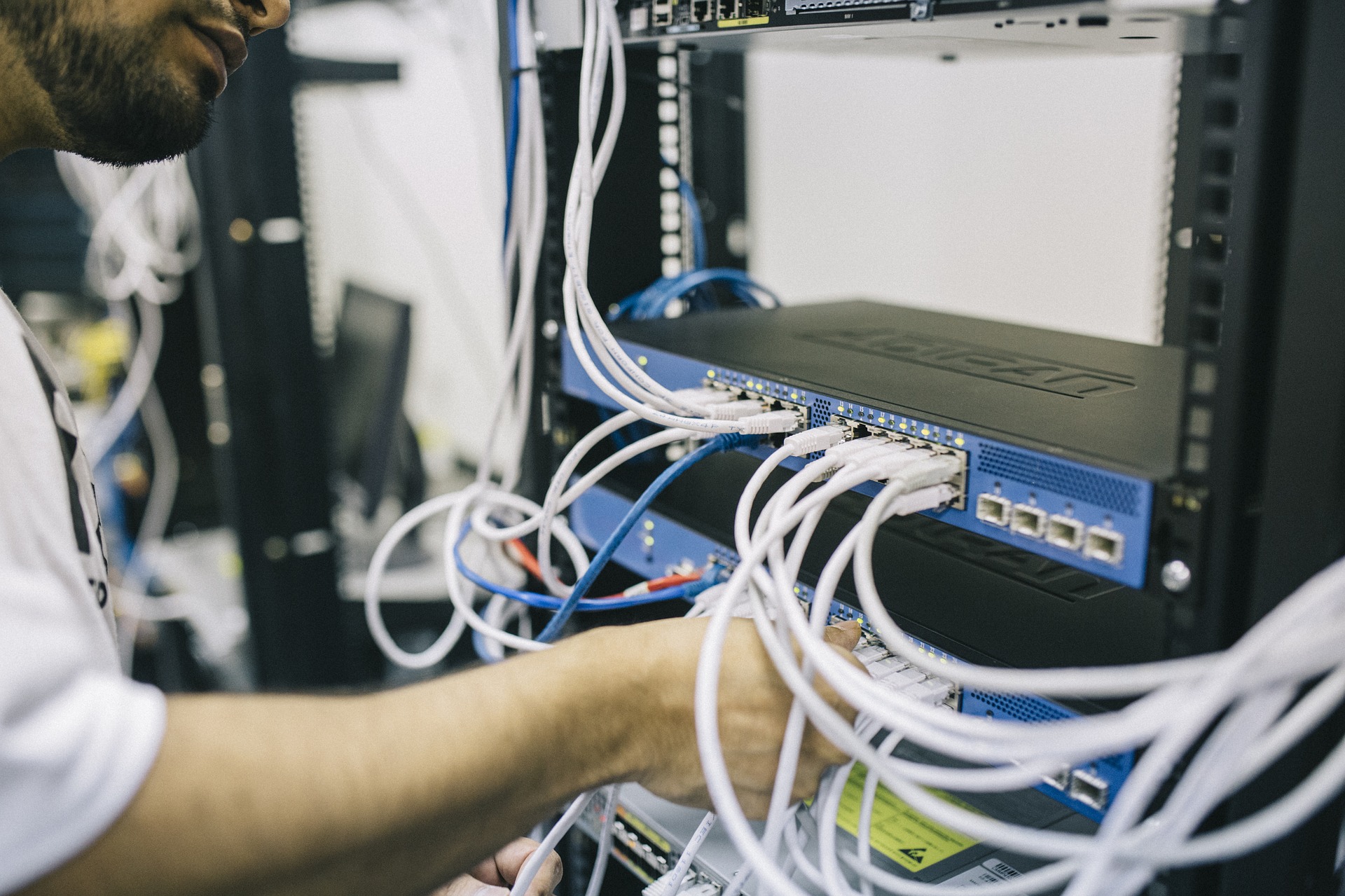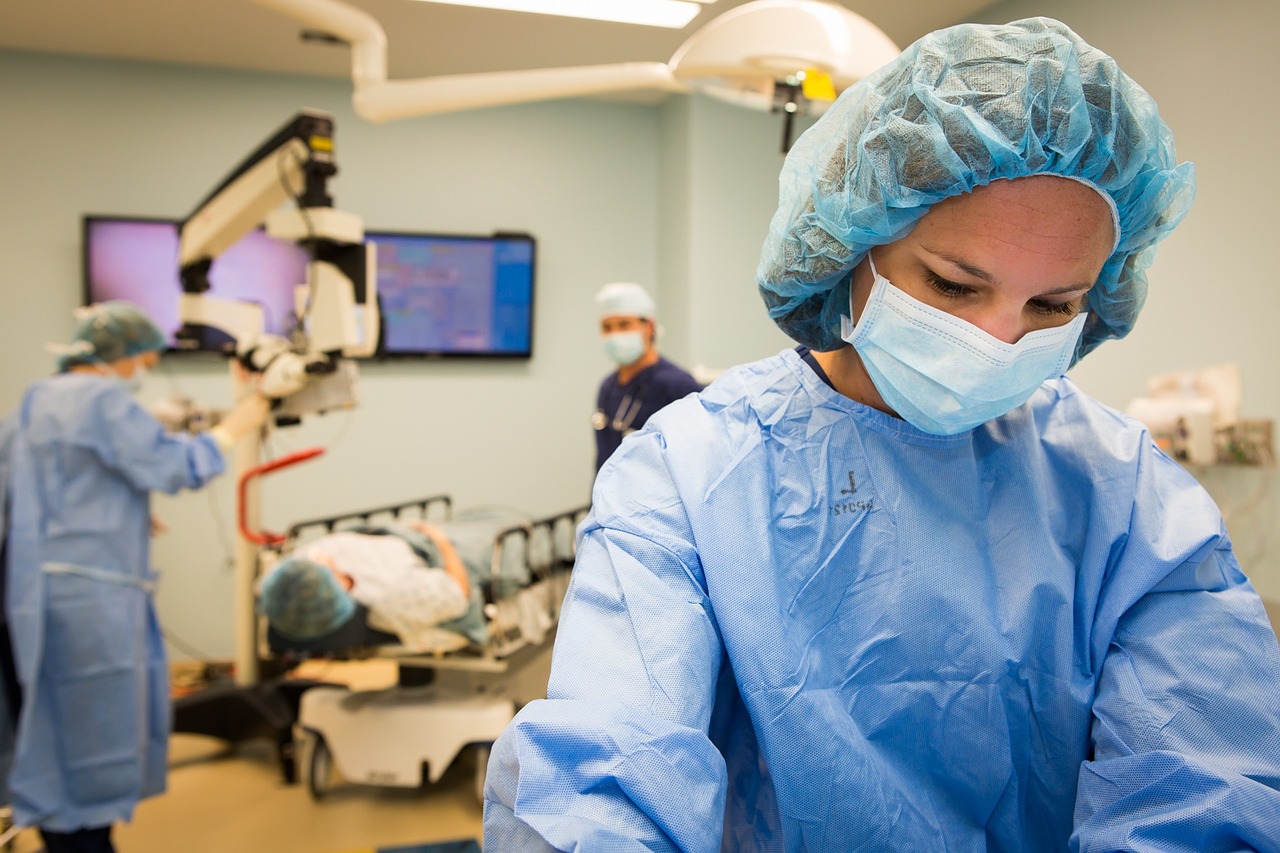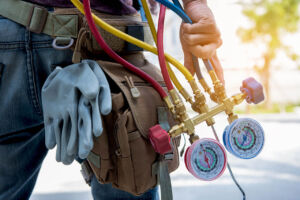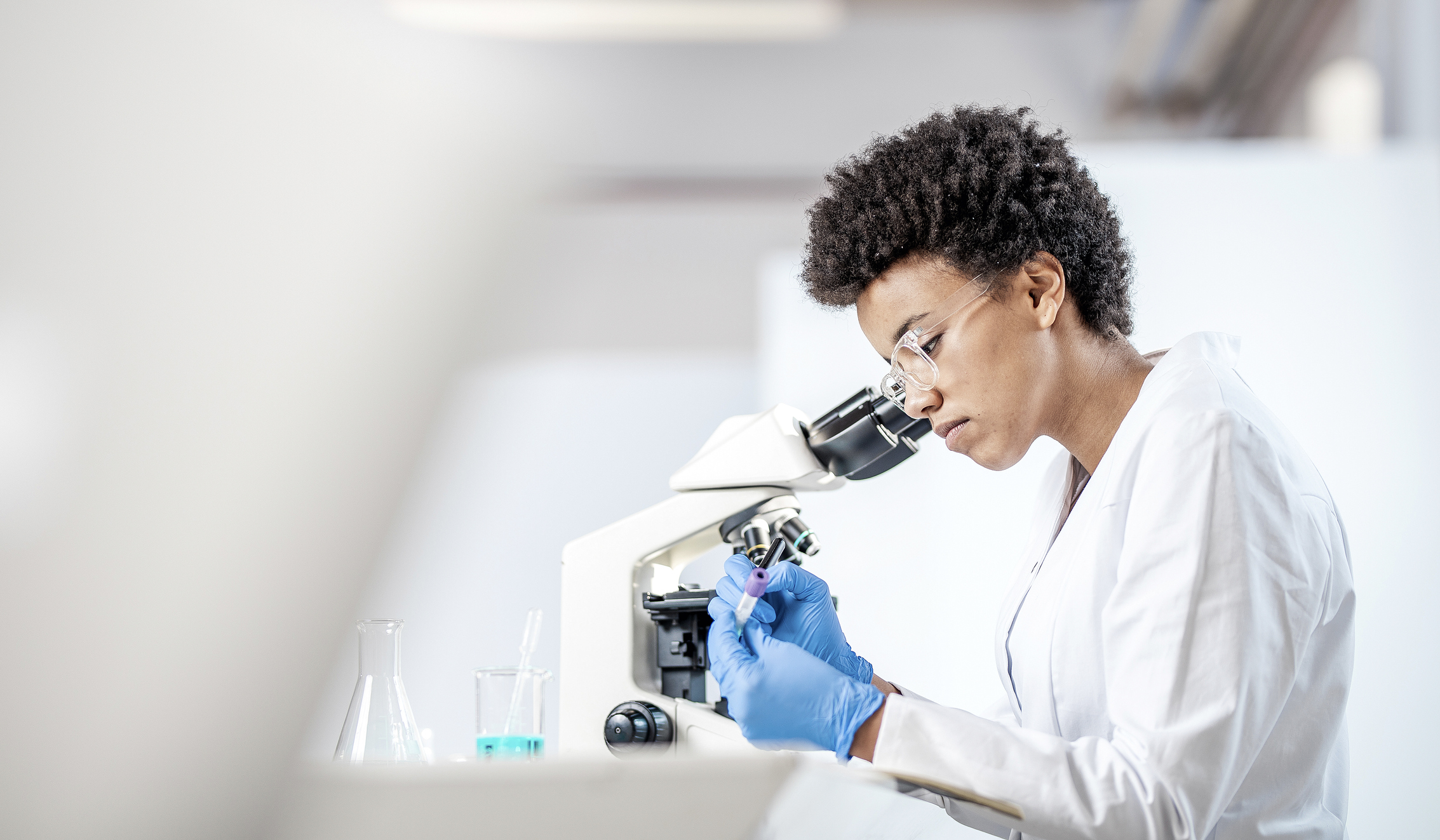Working in a laboratory is exciting work for people with a passion for science. For you, maybe two career choices stand out. Medical laboratory technicians and medical assistants both spend time in the laboratory, contributing to healthier communities. Which role you train for should reflect your interests and career goals.
Is a Medical Laboratory Technician the Same as a Medical Assistant?
Medical laboratory technicians (MLTs) and medical assistants (MAs) both play critical roles in the healthcare field, but the professions are very different in several key respects:
Job Responsibilities
MLTs focus specifically on laboratory testing and analysis. They work in laboratories and are not typically involved in direct patient care.
Medical assistants have a broader scope of practice, including administrative, clinical and laboratory responsibilities. They engage with patients continually.
Workplaces
Laboratory technicians work in private and facility-affiliated labs.
Medical assistants are employed primarily in office settings where they make less complex laboratory testing more convenient and accessible for patients.
Work Hours
Hospitals operate 24/7. There’s a skeleton crew in the laboratory overnight and on holidays.
Medical assistants typically work Monday through Friday with little weekend or holiday obligations.
Colleagues and Supervisors
MLTs are supervised by Medical Technologists (MTs) or pathologists. They spend most of their time working with similarly trained peers and laboratory professionals.
Medical assistants are part of a multidisciplinary healthcare team that includes doctors, nurses and occasionally laboratory professionals. They work with a wider range of people in diverse roles.
Certifications
Medical laboratory technicians are generally certified through the American Society for Clinical Pathology (ASCP) or the American Medical Technologists (AMT).
Certification isn’t always required for medical assistants, but it’s available through organizations, such as the National Healthcareer Association (NHA).
Education and Training
Medical laboratory technicians need an associate degree in medical laboratory technology or a related field.
Medical assistants can follow any of several educational pathways. Some have a certificate or an associate degree. Most take the middle road, getting a vocational school diploma. Both MLTs and medical assistants participate in lifelong continuing education to stay up to date with developments in their field.
Specialization
Some MLTs specialize in specific areas of laboratory testing, such as hematology, microbiology, immunology, or histology.
Similarly, many medical assistants obtain specialty certifications in fields of interest, from cardiology to mental health.
What Does a Medical Laboratory Technician Do?
MLTs perform diagnostic tests on biological samples under the supervision of a medical technologist or pathologist. Their key responsibilities include:
Sample Collection and Preparation
MLTs receive patient samples, such as blood, urine, sputum, stool, and tissue, from healthcare providers. They are responsible for proper labeling and preparing the samples for analysis.
Laboratory Testing
Using sophisticated equipment, MLTs perform a broad range of laboratory tests, including blood cell counts, chemical analyses, microscopic examinations, and cultures. Healthcare providers use the results to diagnose and treat diseases.
Data Reporting
MLTs prepare lab results for physicians, pathologists, and other healthcare professionals, explaining diagnostic parameters and test limitations.
Quality Control
MLTs maintain the accuracy and precision of laboratory equipment by performing routine quality control checks on the equipment and chemical reagents used in testing.
What Does a Medical Assistant Do?
Medical assistants handle a broad array of clerical and clinical responsibilities in healthcare offices. Performing laboratory tests is just one of their many skills.
Their duties may include:
Scheduling
Medical assistants collaborate with front office staff to manage appointment schedules, ensuring that patients with urgent concerns are seen promptly.
Obtaining Health Histories
Accurate health information is the foundation of quality care. Medical assistants interview patients and record their medical history, including current symptoms, medications, and allergies.
Taking Vital Signs
Medical assistants take and record patients’ vital signs, including blood pressure, pulse, temperature, and respiratory rate, before each visit, obtaining height and weight at regular intervals.
Assisting with Examinations
Medical assistants prepare patients for exams by assisting with apparel changes and positioning. They assist the provider by setting up equipment, passing instruments and monitoring patient comfort, safety and privacy during treatments or procedures.
Wound Care
Nurses manage complex wound care, but medical assistants can provide post-operative care, remove sutures, and apply simple dressings.
Infection Control
Medical assistants prevent the spread of infection by sanitizing exam rooms and sterilizing medical instruments using heat and pressure or chemical solutions.
Managing Communication
Medical assistants serve as liaisons, managing messages and correspondence on behalf of healthcare providers. They provide patient education, helping people better understand their doctor’s recommendations.
Billing and Coding
There’s a billing and coding components to many of a medical assistant’s clinical and laboratory responsibilities. In some settings, medical assistants also help with invoicing and other billing responsibilities.
EKGs
Medical assistants perform EKGs, tracings of the electrical activity in the heart. A test once done only in hospitals, it sheds light on cardiac function.
Collecting Laboratory Specimens
Lab work is a part of many patient encounters. Medical assistants draw blood and collect other necessary samples.
Laboratory Testing
Medical assistants are trained to perform basic laboratory tests, such as urinalysis and blood glucose monitoring. By performing these tests in an office setting, providers get answers faster and patients can skip a trip to the hospital.
How Do You Learn to Be a Medical Assistant?
Becoming a medical assistant is straightforward. All you need is a high school diploma or GED to enroll in a vocational school program. The comprehensive, job-focused curriculum covers the theory and practical skills you need to succeed and grow in the field. You’ll graduate with a diploma, prepared for certification and a promising future in a thriving industry.
Final Thoughts
Medical laboratory technicians and medical assistants have indispensable roles. But as a career, working with people has perks that lab work alone doesn’t. Only medical assistants can see the full impact of what they do reflected in their patients’ lives. They know that what they do matters, and they see the evidence every day.
Want to Learn More?
The Medical Assistant Training Program at CyberTex Institute of Technology takes great care of you by providing hands-on training, practical experience and the support it takes to get started in a medical assisting career without spending years in school. You will learn the basics of both clinical and administrative skills, and prepare to work in physician’s offices, hospitals, and other medical facilities.
Contact us today to learn more about our Austin and Killeen campuses.





